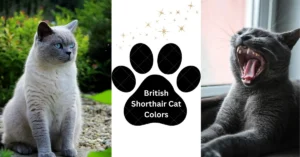History
Siamese cats are a breed with a rich and fascinating history. Originating in Southeast Asia, these cats are believed to have been first documented in the ancient Thai capital of Ayutthaya, which was the kingdom of Siam, now Thailand. They were highly regarded and considered sacred in Thai culture, even living in temples alongside monks. The Siamese cat’s history can be traced back to at least the 14th century when they were depicted in manuscripts and artifacts.
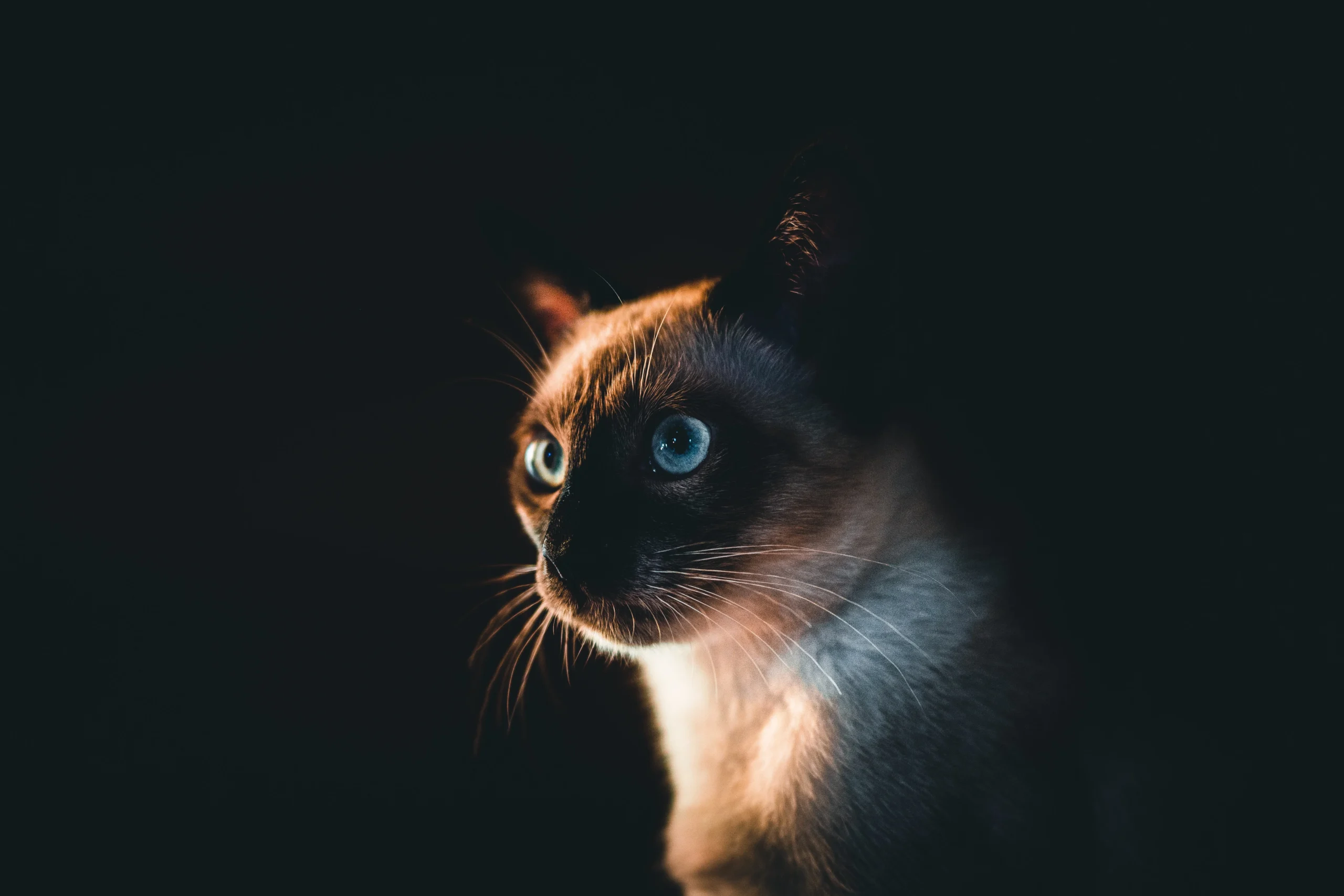
These cats were not only cherished for their striking appearance but also for their distinctive personalities. They were known to be loyal and affectionate companions to the royalty and nobility of Siam. In fact, they were so revered that they were often tasked with guarding royal palaces and treasured possessions.
The breed was first introduced to the Western world in the late 19th century when they were gifted to British and American diplomats in Siam. These Siamese cats created quite a stir due to their unique appearance with striking blue almond-shaped eyes, short coat with color points on their ears, face, paws, and tail, and their vocal and social nature. They quickly gained popularity in Europe and North America, leading to the establishment of breed standards and the development of clubs.
Over the years, Siamese cats have continued to evolve, with breeders selectively emphasizing certain traits. Modern Siamese cats have a sleek, slender body, and their color points have become more pronounced. They remain one of the most beloved and recognizable cat breeds worldwide, with a history deeply rooted in both Asian and Western cultures.
Siamese Cats Size
Siamese cats are known for their distinct and elegant appearance, which includes a relatively sleek and slender body. While their size can vary depending on factors such as genetics, diet, and overall health, there are some general characteristics that describe the typical size of Siamese cats.
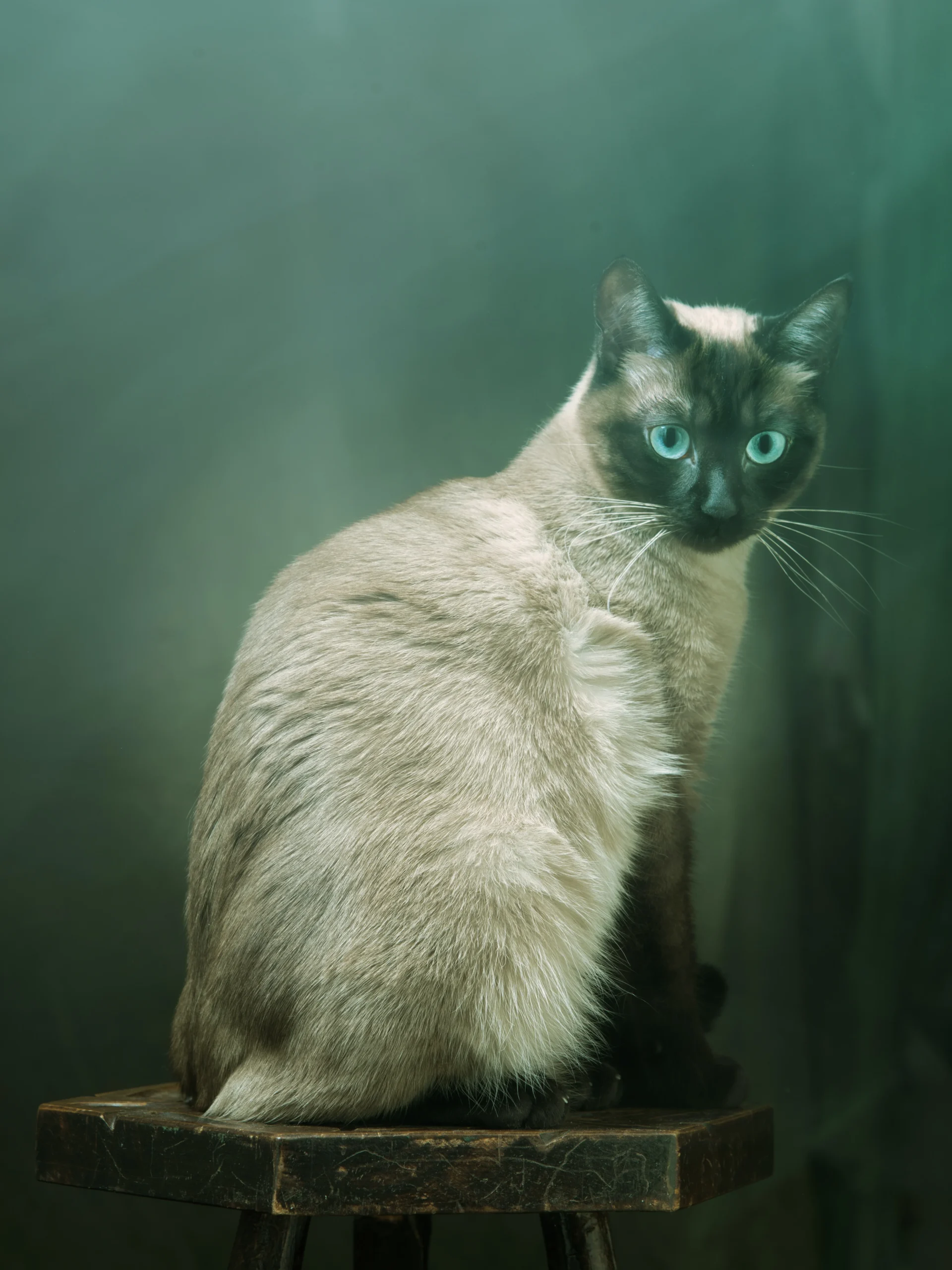
- Body Length: Siamese cats are considered medium-sized felines. On average, adult Siamese cats measure between 15 to 20 inches (38 to 51 centimeters) in length from the tip of their nose to the base of their tail. This measurement includes their slender body and long, graceful tail.
- Weight: Siamese cats are lightweight when compared to some larger cat breeds. The typical weight range for an adult Siamese cat is between 6 to 14 pounds (2.7 to 6.4 kilograms), with males often being slightly larger and heavier than females. However, Siamese cats can vary greatly in weight, with some individuals falling outside this range.
- Height: In terms of height, Siamese cats have a relatively average stature, with legs that are in proportion to their body length. They are not particularly short or long-legged, maintaining a balanced appearance.
- Build: Siamese cats have a fine-boned structure and a lithe, athletic body. Their bodies are known for their graceful lines and well-defined muscles. They have a narrow, wedge-shaped head with almond-shaped blue eyes, contributing to their distinctive appearance.
Coat: Siamese cats have short, fine coats that lie close to their bodies. The coat coloration is characterized by a color-point pattern, where their ears, face, paws, and tail are darker in color than the rest of their body. This coat pattern is the hallmark of Siamese cats and adds to their aesthetic appeal.
6. Tail: Siamese cats have long, slender tails that are in harmony with the rest of their body. Their tails are typically straight and taper to a fine point.
7. Overall Appearance: When looking at a Siamese cat, you’ll notice their overall appearance is one of elegance and grace. Their size, combined with their distinctive coloration and striking blue eyes, makes them one of the most recognizable and beloved cat breeds in the world.
It’s important to note that individual Siamese cats may deviate from these general size characteristics, as variations in genetics and breeding practices can lead to some differences in size and appearance. However, these size descriptions provide a good reference for understanding the typical physical attributes of Siamese cats.
Nutrition and Diets
Proper nutrition is essential to keep Siamese cats healthy and thriving. Siamese cats have specific dietary needs due to their unique metabolism and body type. Here are some key considerations when it comes to their nutrition and diets:

- High Protein: Siamese cats are active and lean, so they require diets rich in high-quality protein to maintain their muscle mass and energy levels. Look for cat foods with real meat as the primary ingredient.
- Portion Control: Siamese cats are prone to overeating and obesity. It’s crucial to measure their food portions and establish a regular feeding schedule to prevent weight gain.
- Hydration: Like all Persian Cats, this cats need access to clean, fresh water at all times. Some Siamese cats enjoy drinking from running water sources, so a cat water fountain can be beneficial.
- Weight Management: these cats can be prone to weight gain, so it’s important to monitor their weight and adjust their diet accordingly. Consult with your veterinarian for guidance on maintaining a healthy weight.
- Avoiding Common Allergens: Some cats may have sensitivities or allergies to certain ingredients in cat food. Be attentive to any adverse reactions and consult your vet if needed to determine suitable food options.
- Special Dietary Considerations: As Siamese cats age, they may have specific dietary requirements, such as lower-calorie options to prevent obesity in their later years.
Always consult with a veterinarian or feline nutritionist to choose the best diet for your Siamese cat’s individual needs. They can provide guidance on the appropriate type of food, portion sizes, and any specific dietary concerns based on your cat’s age, activity level, and health status.
Training and Intelligence
Siamese cats are known for their intelligence and social nature, making them relatively easy to train compared to other cat breeds. They thrive on mental stimulation and human interaction. Here are some key points to consider when training Siamese cats:
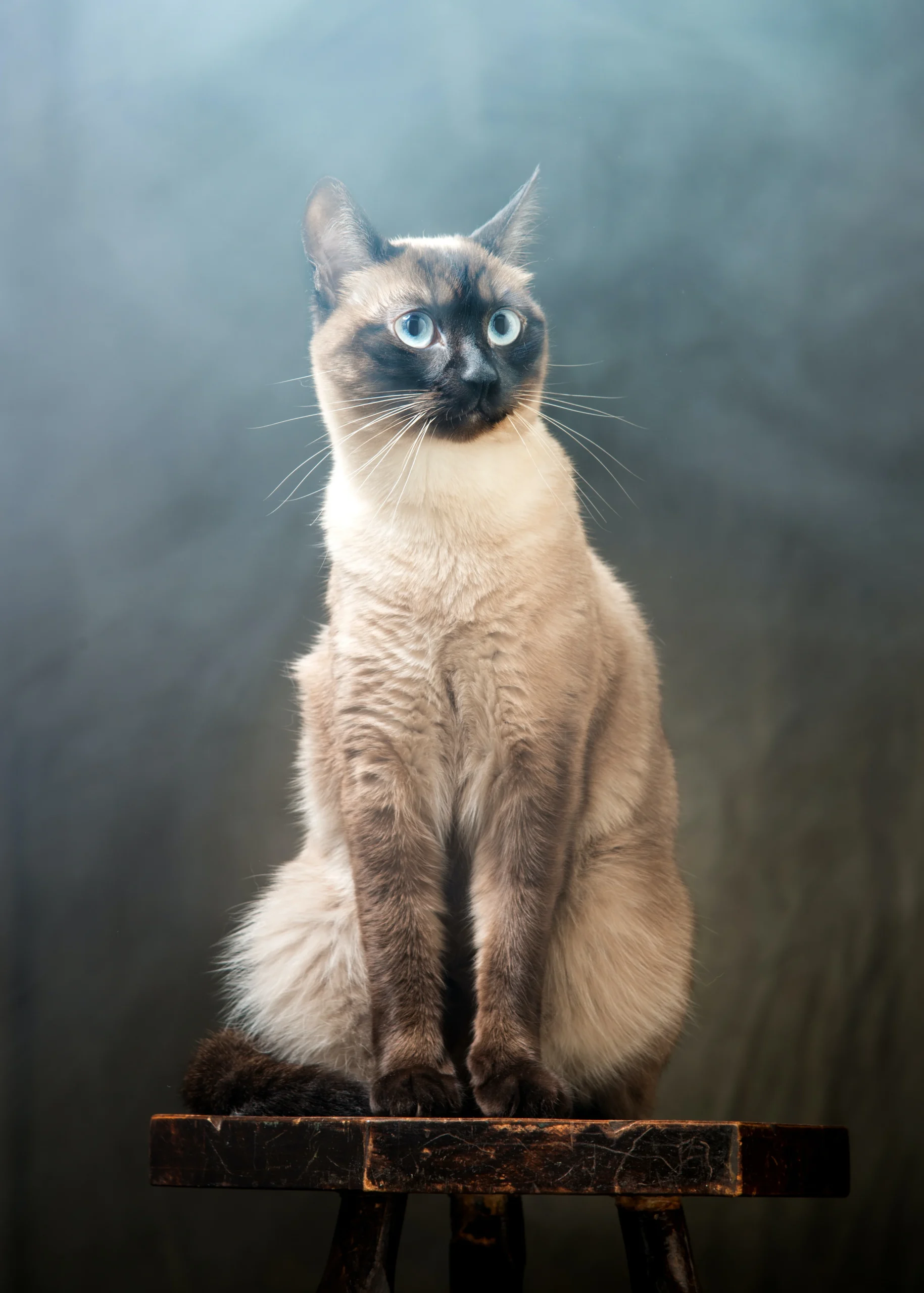
- Positive Reinforcement: These cats respond well to positive reinforcement training techniques. Reward them with treats, praise, and affection when they exhibit desired behaviors.
- Socialization: Siamese cats are highly social and enjoy being around people. They can become lonely and anxious if left alone for extended periods, so providing companionship and interaction is crucial for their well-being.
- Communication: These cats are famously vocal and expressive. They “talk” to their owners with a range of meows, chirps, and even purrs. Understanding their vocal cues can enhance communication and strengthen your bond.
- Playtime: Engage Siamese cats in interactive play sessions using toys and puzzles. They enjoy games that challenge their problem-solving skills.
- Litter Training: Siamese cats are usually quick learners when it comes to litter box training. Ensure they have easy access to a clean litter box, and praise them when they use it correctly.
- Behavioral Challenges: Siamese cats may exhibit behavioral issues if they are bored or understimulated. Providing enrichment, such as puzzle feeders and climbing structures, can help prevent unwanted behaviors.
- Consistency: Consistency in training and routines is essential for Siamese cats. They thrive on predictability and structure in their daily lives.
While Siamese cats are intelligent and trainable, it’s essential to be patient and gentle in your approach. Avoid punishment-based training methods, as they can be counterproductive and harm the bond you share with your feline friend. Instead, focus on positive reinforcement and creating a stimulating environment to keep their minds engaged.
Health and Lifespan
Siamese cats are generally healthy and long-lived, with an average lifespan of 15 to 20 years or more when properly cared for. However, like Siamese cat , they are prone to certain health issues that owners should be aware of:
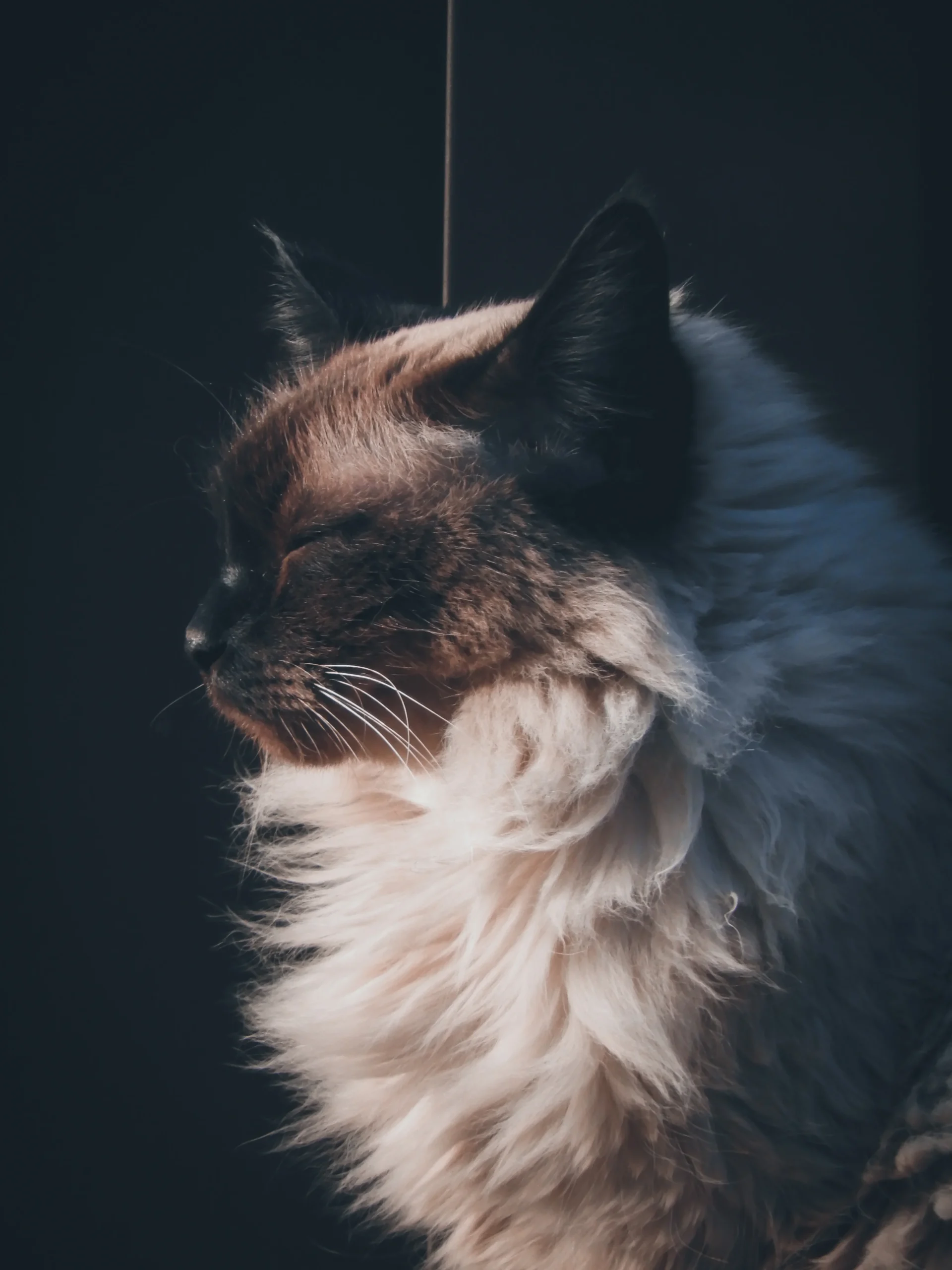
- Respiratory Issues: these cats are known for their distinctive “wedge-shaped” heads, which can make them more susceptible to respiratory issues, such as brachycephalic airway syndrome. Ensure they have good airflow and avoid exposing them to extreme temperatures.
- Dental Health: These cats may be prone to dental problems, so regular dental care, including brushing their teeth or providing dental treats, is essential to maintain their oral health.
- Obesity: Due to their love of food and potential for overeating, Siamese cats can become overweight if their diet and portion sizes are not carefully managed. Obesity can lead to various health issues, including diabetes and joint problems.
- Kidney Disease: Siamese cats may have an increased risk of developing kidney disease as they age. Regular veterinary check-ups can help catch and manage this condition early.
- Hyperthyroidism: This condition, characterized by an overactive thyroid gland, is more common in older Siamese cats. Symptoms may include weight loss, increased appetite, and hyperactivity. It can usually be managed with medication or other treatments.
- Eye Problems: Siamese cats are known for their striking blue eyes, but they may also be more prone to certain eye conditions, including progressive retinal atrophy (PRA) and strabismus (crossed eyes).
- Heart Disease: Hypertrophic cardiomyopathy (HCM), a type of heart disease, can affect Siamese cats. Regular cardiac check-ups can help monitor and manage this condition.
To promote the health and longevity of your Siamese cat, it’s essential to provide them with regular veterinary care, a balanced diet, opportunities for exercise and mental stimulation, and a safe and comfortable living environment. Additionally, keep an eye out for any changes in behavior, appetite, or physical condition and consult with your veterinarian promptly if you notice any concerning signs.
Conclusion
Siamese cats are a captivating breed with a rich history, distinctive physical characteristics, unique dietary needs, high intelligence, and a propensity for certain health concerns. Their journey from ancient Siam to becoming beloved companions worldwide is a testament to their enduring appeal.
Understanding the Siamese cat’s history helps us appreciate their cultural significance and how they’ve adapted to different environments over the centuries. Their slender size and graceful physique make them stand out among cat breeds, while their distinctive blue eyes and vocal nature make them easily recognizable.
Proper nutrition and diets for Siamese cats are vital to maintain their health and prevent obesity, a common concern for this breed. High-quality protein, portion control, and attention to hydration are key factors in their dietary requirements.
Training and interacting with Siamese cats can be a rewarding experience due to their intelligence and social nature. Positive reinforcement techniques and consistent routines can help foster a strong bond between owners and their Siamese companions.
Maintaining the health and ensuring the longevity of Siamese cats involve addressing breed-specific health concerns, including respiratory issues, dental health, and weight management. Regular veterinary check-ups and a well-rounded approach to their care are essential.
In conclusion, Siamese cats are more than just a breed; they are a beloved part of many families around the world. Their history, size, dietary needs, intelligence, and health considerations all contribute to their unique charm. With proper care and attention, Siamese cats can bring joy and companionship to their owners for many years to come



